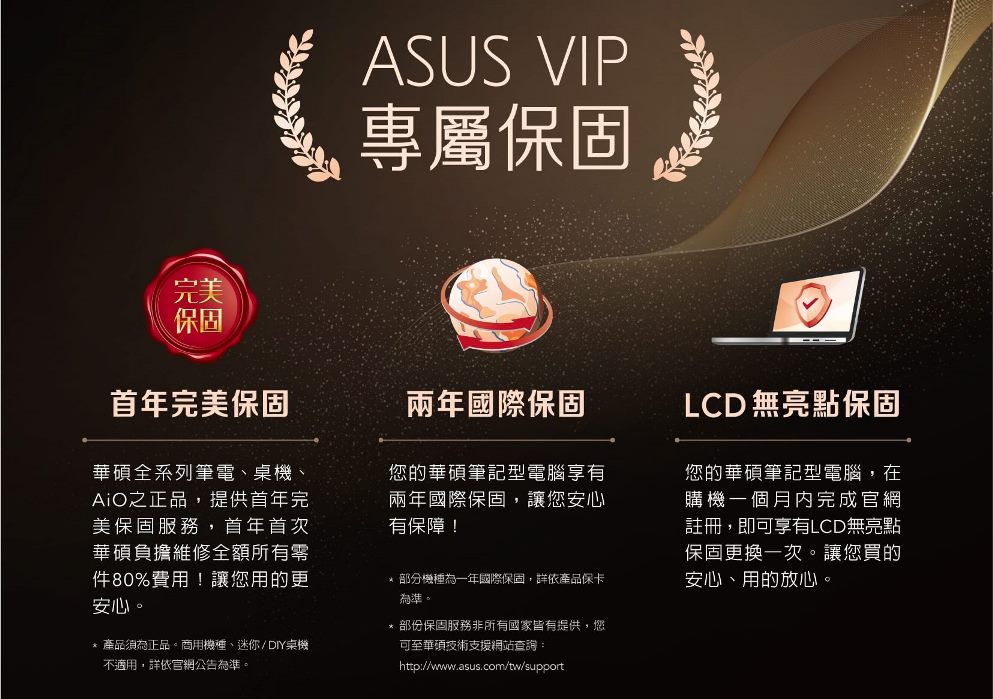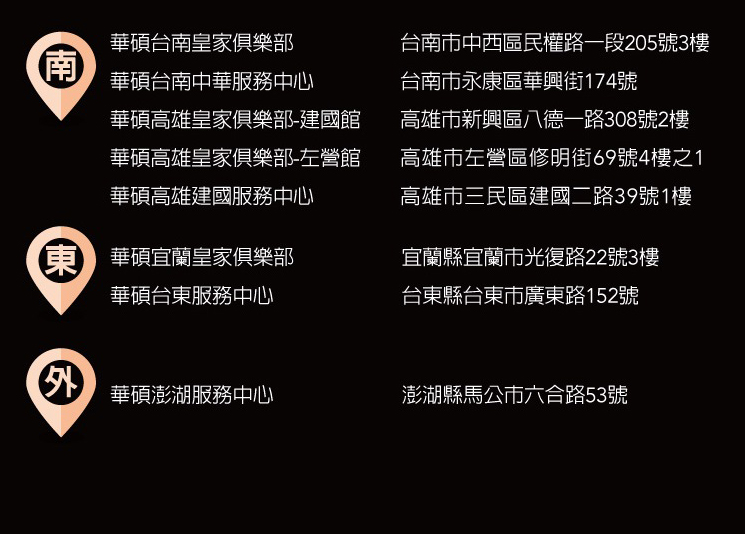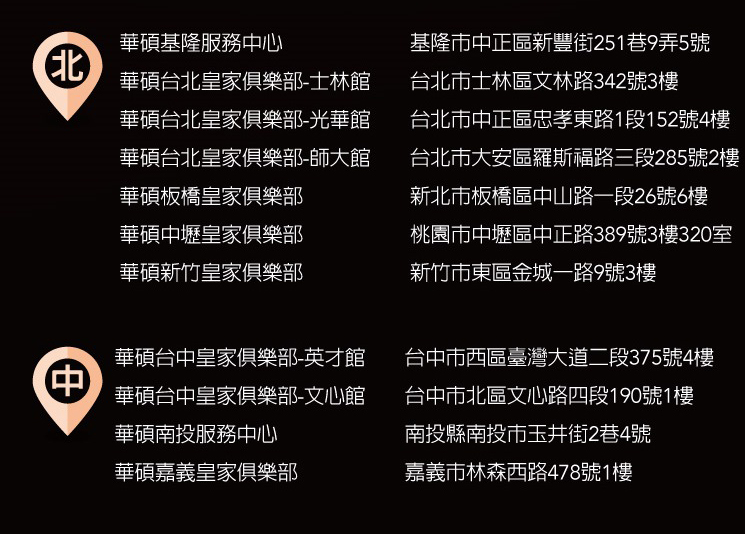University Physics: with Modern Physics 12/e
+作者:Young
+年份:2008 年12 版
+ISBN:9780321501301
+書號:PH0092PC
+規格:平裝/彩色
+頁數:1600
+出版商:Addison-Wesley
+定價:$1,200元
【特色】
University Physics with Modern Physics, Twelfth Edition continues an unmatched history of innovation and careful execution that was established by the bestselling Eleventh Edition. Assimilating the best ideas from education research, this new edition provides enhanced problem-solving instruction, pioneering visual and conceptual pedagogy, the first systematically enhanced problems, and the most pedagogically proven and widely used homework and tutorial system available.
Using Young & Freedman's research-based ISEE (Identify, Set Up, Execute, Evaluate) problem-solving strategy, students develop the physical intuition and problem-solving skills required to tackle the text's extensive high-quality problem sets, which have been developed and refined over the past five decades. Incorporating proven techniques from educational research that have been shown to improve student learning, the figures have been streamlined in color and detail to focus on the key physics and integrate 'chalkboard-style' guiding commentary. Critically acclaimed ‘visual’ chapter summaries help students to consolidate their understanding by presenting each concept in words, math, and figures.
Renowned for its superior problems, the Twelfth Edition goes further. Unprecedented analysis of national student metadata has allowed every problem to be systematically enhanced for educational effectiveness, and to ensure problem sets of ideal topic coverage, balance of qualitative and quantitative problems, and range of difficulty and duration.
If a professor adopts MasteringPhysicsTM, every new copy of the text includes access to it — the most widely used, educationally proven, and technically advanced tutorial and homework system in the world. Uniquely able to tutor each student individually with feedback specific to their errors and simpler subproblems upon demand, MasteringPhysics™ now incorporates free-hand graphs, free-body diagrams, ray-tracing diagrams, even ranking-task activities. MasteringPhysics™ provides all the problems from the text as well as tutorials specific to the Problem-Solving Strategies and Test Your Understanding questions in each chapter.
A wealth of tried-and-tested Discussion Questions, Exercises, Problems, and the more rigorous Challenge Problems cover quantitative and qualitative aspects of all key concepts and integrate real-life situations.
The ISEE (Identify, Set Up, Execute, Evaluate) problem-solving strategy is used consistently throughout the text and the Student and Instructor Solutions Manuals to help students build their problem-solving skills.
Problem-Solving Strategy Boxes coach the students in how to approach specific types of problems. All employ the ISEE strategy.
The Worked Examples also consistently implement the ISEE strategy.
Conceptual Examples help students practice their mastery of key conceptual points.
The popular Caution Paragraphs focus on typical misconceptions and student problem areas.
End-of-section Test Your Understanding questions, which let students quickly check their grasp of the material, use a multiple-choice or ranking-task format to probe for common misconceptions.
Visual Summaries at the end of each chapter present the key ideas in words, equations, and thumbnail pictures, helping students to review more effectively and also to translate between different representational modes.
The figures are streamlined in color and detail to help students to grasp the material but also to learn the visualization tools that are central to physics. Pencil sketches in worked examples help students master this key step of successful problem-solving.
ActivPhysics OnLineTM, now included in the self-study area of MasteringPhysicsTM, delivers the highly acclaimed library of ActivPhysics applet-based activities, which use dynamic, interactive applets and staged questions to help students master tricky material.
【作者】
Hugh D. Young is Emeritus Professor of Physics at Carnegie Mellon University in Pittsburgh, PA. He attended Carnegie Mellon for both undergraduate and graduate study and earned his Ph.D. in fundamental particle theory under the direction of the late Richard Cutkosky. He joined the faculty of Carnegie Mellon in 1956 and has also spent two years as a Visiting Professor at the University of California at Berkeley.
Prof. Young’s career has centered entirely around undergraduate education. He has written several undergraduate-level textbooks, and in 1973 he became a co-author with Francis Sears and Mark Zemansky for their well-known introductory texts. With their deaths, he assumed full responsibility for new editions of these books until joined by Prof. Freedman for University Physics.
Prof. Young is an enthusiastic skier, climber, and hiker. He also served for several years as Associate Organist at St. Paul’s Cathedral in Pittsburgh, and has played numerous organ recitals in the Pittsburgh area. Prof. Young and his wife Alice usually travel extensively in the summer, especially in Europe and in the desert canyon country of southern Utah.
Roger A. Freedman is a Lecturer in Physics at the University of California, Santa Barbara. Dr. Freedman was an undergraduate at the University of California campuses in San Diego and Los Angeles, and did his doctoral research in nuclear theory at Stanford University under the direction of Professor J. Dirk Walecka. He came to UCSB in 1981 after three years teaching and doing research at the University of Washington.
At UCSB, Dr. Freedman has taught in both the Department of Physics and the College of Creative Studies, a branch of the university intended for highly gifted and motivated undergraduates. He has published research in nuclear physics, elementary particle physics, and laser physics. In recent years, he has helped to develop computer-based tools for learning introductory physics and astronomy. When not in the classroom or slaving over a computer, Dr. Freedman can be found either flying (he holds a commercial pilot’s license) or driving with his wife, Caroline, in their 1960 Nash Metropolitan convertible.
A. Lewis Ford is Professor of Physics at Texas A&M University. He received a B.A. from Rice University in 1968 and a Ph.D. in chemical physics from the University of Texas at Austin in 1972. After a one-year postdoc at Harvard University, he joined the Texas A&M physics faculty in 1973 and has been there ever since. Professor Ford’s research area is theoretical atomic physics, with a specialization in atomic collisions. At Texas A&M he has taught a variety of undergraduate and graduate courses, but primarily introductory physics.







